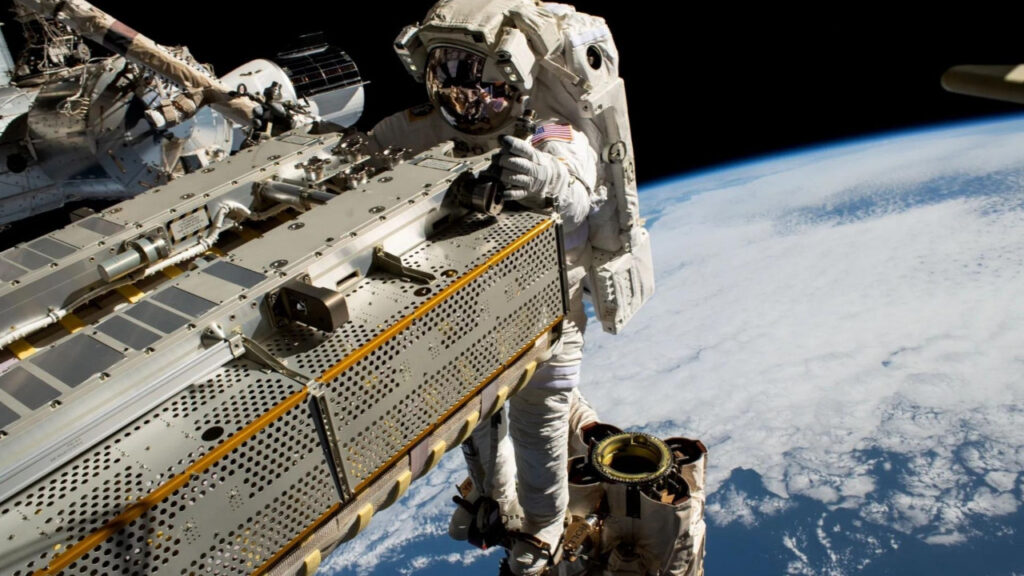Undoubtedly, 2023 has been a busy year for NASA. It managed to take pieces from the Bennu Asteroid and bring them down to Earth. After the successful mission, the spacecraft set out to explore the metallic asteroid Psyche. Hubble and James Webb Space Telescopes opened the mystery of cosmic objects. He shared the visual feast in the sky with the whole world. 2024 will bring more discoveries. Here are the details…
NASA published a video explaining its goals for 2024!
2023 has been an important year for the space world. Space studies progressed without slowing down. However, private space companies also gained importance. NASA published a video on its social media accounts about the goals it wants to achieve in 2024.

NASA will set foot on the Moon’s surface after a long time. Undoubtedly, the most anticipated mission of 2024 will be 4 astronauts coming as close as 80 miles to the surface of the Moon. This mission will be the Artemis II flight, which will send it near the Moon. In the Artemis III flight, astronauts will land on the lunar surface. For this, the space agency will cooperate with the private space company SpaceX. SpaceX is developing the Starship Rocket for this mission. He recently performed 2 tests. However, Starship has not yet reached orbit.
NASA plans to launch the Artemis Mission in November 2024. With this mission, the space agency will test the new Space Launch System (SLS) rocket. In this mission, astronauts will follow the same path as the uncrewed Artemis I mission with the Orion spacecraft.
While staying near the Moon, NASA will send VIPER (Volatiles Exploring the Polar Exploration Rover) to the lunar surface in 2024. The rover, about the size of a golf cart, will explore the moon’s South Pole for lunar water ice, a vital resource for the crew.
At the same time, lunar ice could be turned into fuel for rockets traveling from the lunar surface to planets further away. The VIPER mission was supposed to launch this year. However, NASA postponed the mission to conduct more tests on the spacecraft’s landing system.
The space agency will initiate studies to discover extraterrestrial life. For this, it will explore Europa, one of Jupiter’s largest moons. NASA plans to launch the Europa Clipper Mission in 2024.
Over the next year, the James Webb Space Telescope will continue its groundbreaking deep space exploration. The new crews will arrive aboard the International Space Station to continue scientific work in microgravity conditions approximately 250 miles above Earth.




 Shiftdelete.net
Shiftdelete.net









